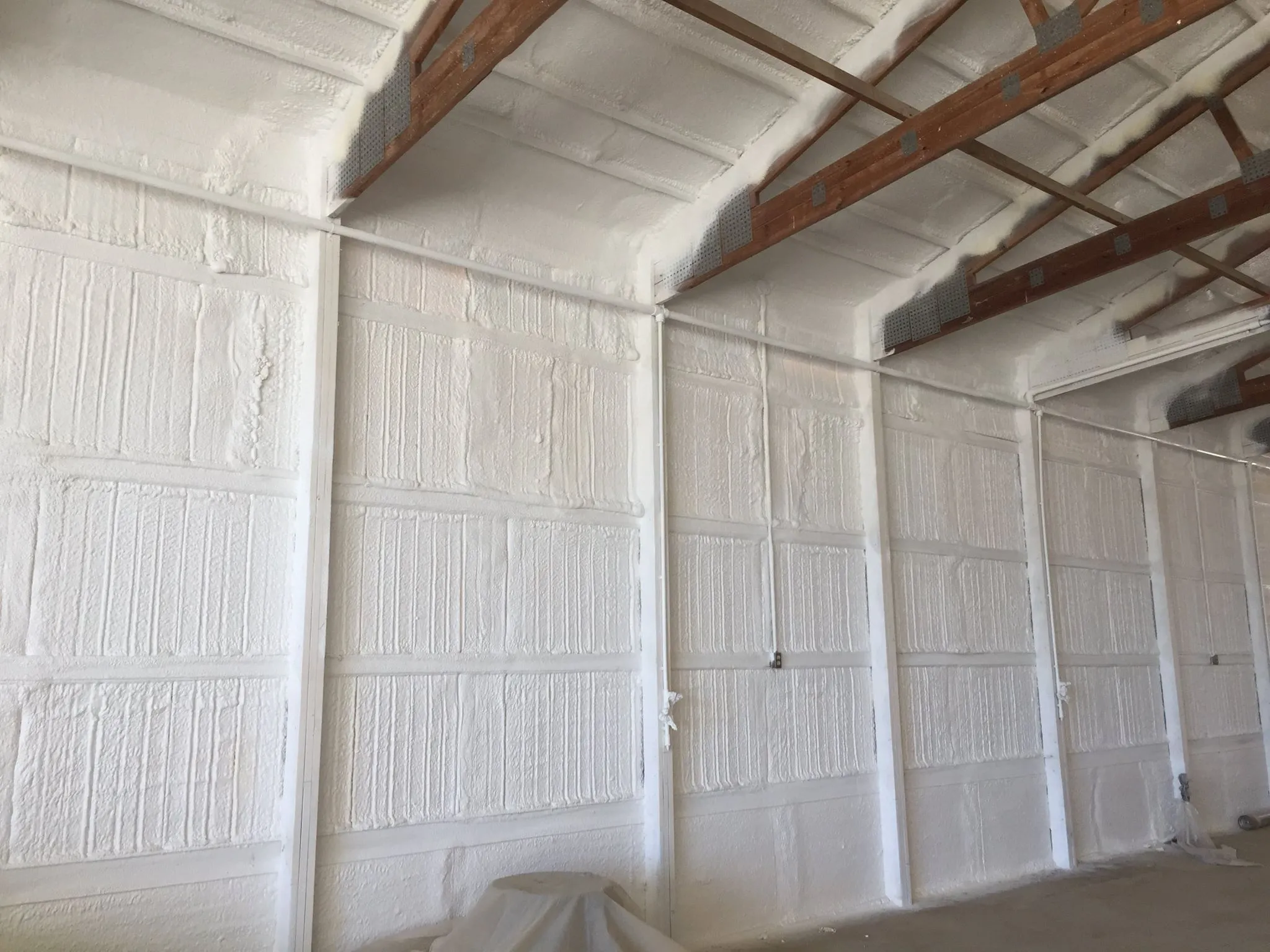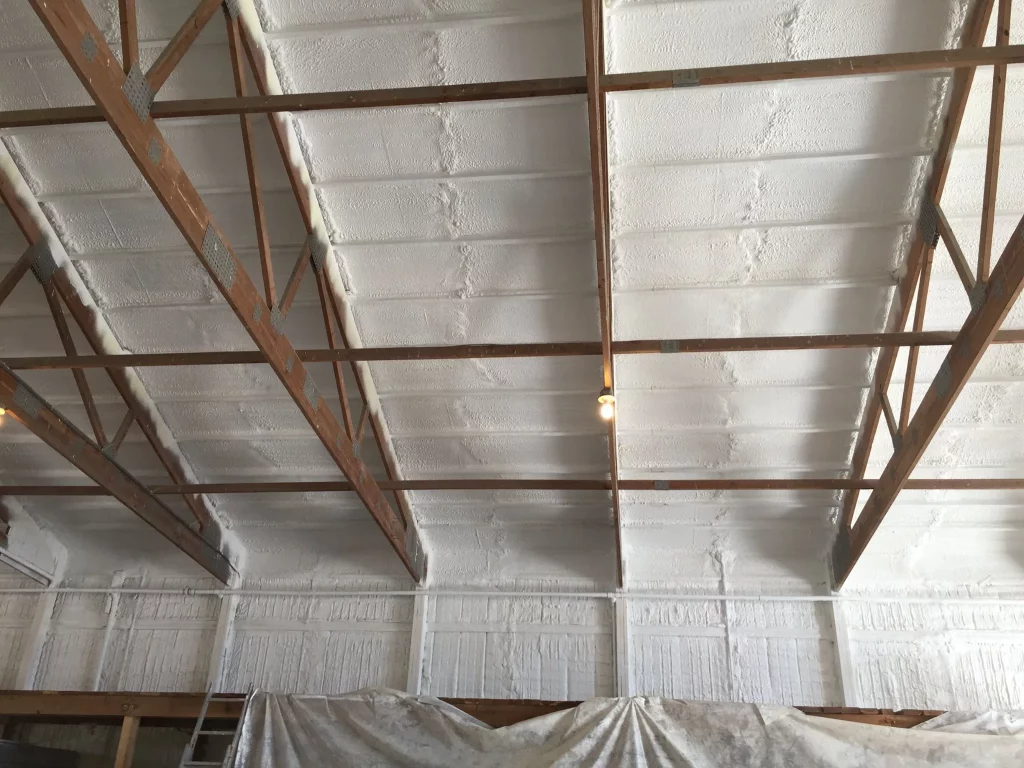
Older homes in St Clairsville often suffer from significant energy inefficiency. Gaps in framing, aging materials, and outdated insulation lead to air leakage, moisture intrusion, and fluctuating indoor temperatures. Spray foam insulation directly addresses these issues by creating an airtight barrier that stabilizes indoor climate and improves overall building performance.
Homes built before modern insulation standards frequently lack continuous thermal protection. Spray foam forms a continuous seal around all surfaces, unlike traditional batts or blown-in options. This guide explains why spray foam is a long-term solution for aging properties and presents technical and comparative data for clarity.
Ohio Valley Spray Foam has worked extensively with retrofitting insulation in pre-1980 homes across Belmont County. This content reflects firsthand experience addressing structural inefficiencies common in this region’s older housing stock.
Unsealed wall cavities, deteriorated caulking, and vented attics allow conditioned air to escape.
Historic homes often lack vapor control layers. Moisture infiltration leads to rot, mold, and compromised indoor air quality.
Single-pane windows and poor attic insulation contribute to seasonal discomfort, especially in winters where St Clairsville sees sub-zero wind chills.
| Feature | Spray Foam (Closed & Open Cell) | Fiberglass Batts/Blown-In |
|---|---|---|
| Air Sealing Capability | High (seamless barrier) | Low (air gaps remain) |
| R-Value per Inch (Thermal Rating) | Closed: R-6.5, Open: R-3.8 | Batts: R-3.2, Blown-In: R-2.5 |
| Moisture Resistance | Closed-cell resists water vapor | Susceptible to water absorption |
| Mold Resistance | Closed-cell: Non-organic barrier | Can retain moisture and mold |
| Longevity | 30+ years without settling | 10-15 years with compaction |
| Installation in Tight Spaces | Expands to fill voids | Limited by framing |
| Structural Reinforcement | Closed-cell adds rigidity | No structural benefit |
| Specification | Closed-Cell Spray Foam | Open-Cell Spray Foam |
|---|---|---|
| R-Value (per inch) | ~6.5 | ~3.8 |
| Vapor Permeability | <1.0 perm (Class II vapor retarder) | >10 perm (highly breathable) |
| Application Thickness (typical) | 1.5–2 inches for exterior walls | 3.5+ inches for interior walls |
| Water Absorption | <0.03% | ~5% |
| Sound Dampening | Moderate | High |
| Material Density | ~2.0 lb/ft³ | ~0.5 lb/ft³ |
St Clairsville experiences humid summers and frigid winters. This swing stresses older insulation systems. Spray foam resists moisture absorption and thermal drift, which prevents sagging or settling over time. Closed-cell spray foam also adds extra protection against basement and crawlspace moisture intrusion—a common issue in Ohio Valley basements.
For homes with stone foundations or balloon framing, closed-cell foam is ideal in rim joists and crawlspaces where moisture and air infiltration are concentrated.

Evaluate these factors before selecting insulation for older homes:
Yes. Drill-and-fill techniques allow foam injection into wall cavities through small access holes.
Yes. It significantly cuts heat loss by sealing air leaks and improving thermal continuity.
Yes, but knob-and-tube wiring must be inspected before installation. Spray foam should not encapsulate outdated electrical systems.
Spray foam remains effective for over 30 years without degrading, settling, or losing R-value.
Spray foam is one of the most effective methods for improving energy performance in older St Clairsville homes. It prevents air leaks, adds structural rigidity, and withstands moisture intrusion. Selecting the right type and application area depends on the building’s layout, material condition, and thermal inefficiencies. Evaluate ventilation needs, cavity access, and moisture history before beginning work.
For homes in St Clairsville needing durable and efficient insulation upgrades, contact Ohio Valley Spray Foam for project consultation and application services. Reach out at [email protected] or call (740) 373-3626 to discuss insulation solutions suitable for older properties and regional conditions.
Homes with upgraded insulation often appraise higher due to improved efficiency and reduced HVAC loads.
No. Once cured, spray foam forms a stable barrier requiring no upkeep.
In most cases, yes—provided installation avoids damage to protected surfaces and is reversible where necessary.
Closed-cell spray foam resists water and prevents saturation. If damage occurs, only localized removal is necessary.
If installed correctly and paired with ventilation (where needed), it maintains air quality while improving efficiency.